Many of us see dieting as a way to lose weight, but we must not forget about diets that help ensure the normal functioning of the body and become healthier. Did you know that some diets combine both goals? One of them is the DASH diet, the concept of which was developed by the National Heart, Lung, and Blood Institute (NHLBI). The popularity of the DASH diet in Australia and the rest of the world is so high because it can be used much more widely than the creators expected.
What is the DASH diet: what do studies say?
What does DASH diet stand for? DASH is an abbreviation for “Dietary Approaches to Stop Hypertension”. NHLBI has funded studies for 30 years to determine how nutritional changes can affect people with high blood pressure. Their data confirmed the use of the DASH diet for blood pressure reduction. The results of the DASH 2 diet with a salt limit of 1.5g per day were even more impressive.
In addition to data on the positive impact of diet change on BP, others confirm a wide range of possible uses of this diet. It was helpful for asthma, gout, etc.
DASH dietary approaches to stop hypertension: how to work
How to follow the dash diet? The diet is based on fruits, vegetables, meat, non-fat dairy and whole-grain products. Reducing or removing salt, red meat, sweet dishes, and drinks from the diet is recommended. The menu includes products that contain many essential trace elements, beneficial for BP: magnesium, potassium and calcium. At NHLBI, they not only worked on defining the DASH diet, but also created dietary plans for different daily calories.
The diet was designed considering the need for essential nutrients to help reduce pressure. It also contains many antioxidants capable of preventing the development of oncologic diseases, stroke and several chronic diseases. Notably, the studies tested a whole-food diet model rather than selected nutrients. So you can be sure that you will benefit from any DASH nutrition plan.
What is the danger of salt?
Can salt cause hypertension? As it turns out, yes, it can. Numerous studies have shown this. The WHO, therefore, recommends limiting the daily salt to 5 g (2 g sodium). But why is salt so harmful to our bodies?
It’s simple: the salt retains the fluid, putting pressure on the vessels, and the blood pressure is also rising. The easiest way to avoid that is to remove the excess salt.
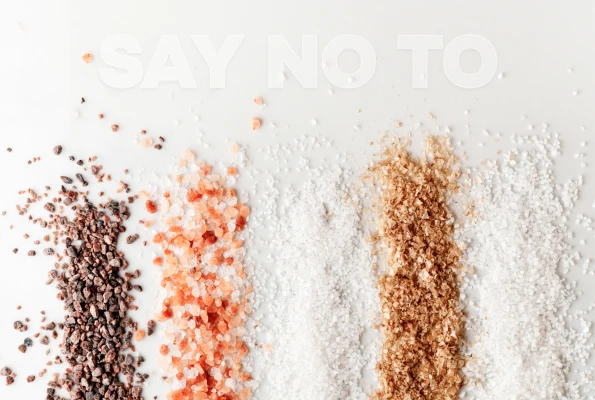
The danger of complete salt withdrawal
Given the danger of excess salt, wouldn’t it be better to give it up altogether? It appears that the sodium contained in it is involved in transmitting nerve impulses and muscle contractions. Interacting with other electrolytes, it is also necessary to maintain water-salt balance in the body. As you can see, sodium is indispensable.
However, you need to consider that today many products you consume contain hidden salt. It is, therefore, very easy to exceed the optimal value of sodium in the body, which will lead to negative consequences. That’s why watching how much salt you consume every day is crucial.
DASH diet and weight loss: how to lose weight with health benefits
In addition to proven health benefits, the DASH diet can help with the issue of weight loss. To some extent, it is achieved because the body is losing excess fluid. But significantly losing weight on this diet plan can be possible in the case of a calorie deficit. Given that several nutritional plans are proposed, this is not difficult.
Since hypertension often goes hand in hand with being overweight, many tend to take advantage of popular weight loss diets, such as LCHF. But the DASH diet suits people with hypertension better. It will also contribute to the recovery of the cardiovascular system and improve the body’s general state.
What can you eat during the DASH diet?
The diet involves a wide variety of foods, which allows you to provide the body with the necessary nutrients. The DASH diet food list includes the following:
- low-fat meat;
- lean fish;
- lean milk products;
- fruits;
- vegetables;
- seeds and nuts;
- whole grains;
- unsaturated fats and vegetable oils.
Dash diet foods should be consumed in the recommended amount depending on the calorie content of the diet plan. Examples of dash diet can be found on the NHLBI website, where they are represented depending on the caloric value of the daily diet.
Subscribe to our blog
Get the latest insights.
What foods to avoid on the DASH diet?
What will you have to give up if you choose this diet? Exclude from your diet or limit the amount of the following:
- products with high sugar content;
- processed products;
- red meat;
- fatty foods;
- snacks rich in fat and salt;
- alcohol.
Reduction of salt consumption is the main recommendation. This can be achieved by looking closely at the labels of the ready-made food and using fresh meat, fish and poultry only, rather than processed products. Also, you can avoid adding salt when cooking pasta, cereals or hot cereal.
While on the DASH diet, alcohol may be present on your menu in limited quantities. Men may include 1-2 portions daily, and women may have no more than 1 portion.
Portions and quantities by product group
How to do the dash diet? All products allowed for consumption are divided into groups. The diet prescribes several portions of each product depending on the daily calorie intake. Your menu should consist of the following:
- 6-8 portions per day of cereal products;
- 4-5 servings per day of vegetables;
- 4-5 portions per day of fruit;
- 2-3 servings per day of milk-based products;
- up to 6 portions of meat and fish per day;
- 4-5 servings per week of seeds and pulses;
- 2-3 portions per day of oils and fat;
- less than 5 servings a week of candy and added sugar.
You can find out more about the size and number of portions on the NHLBI website. You can also order the DASH diet online from a specialist. This will be useful if you do not know how to start the DASH diet yourself.
Useful info
Are you wondering how your body will change with our
Meal Plan?
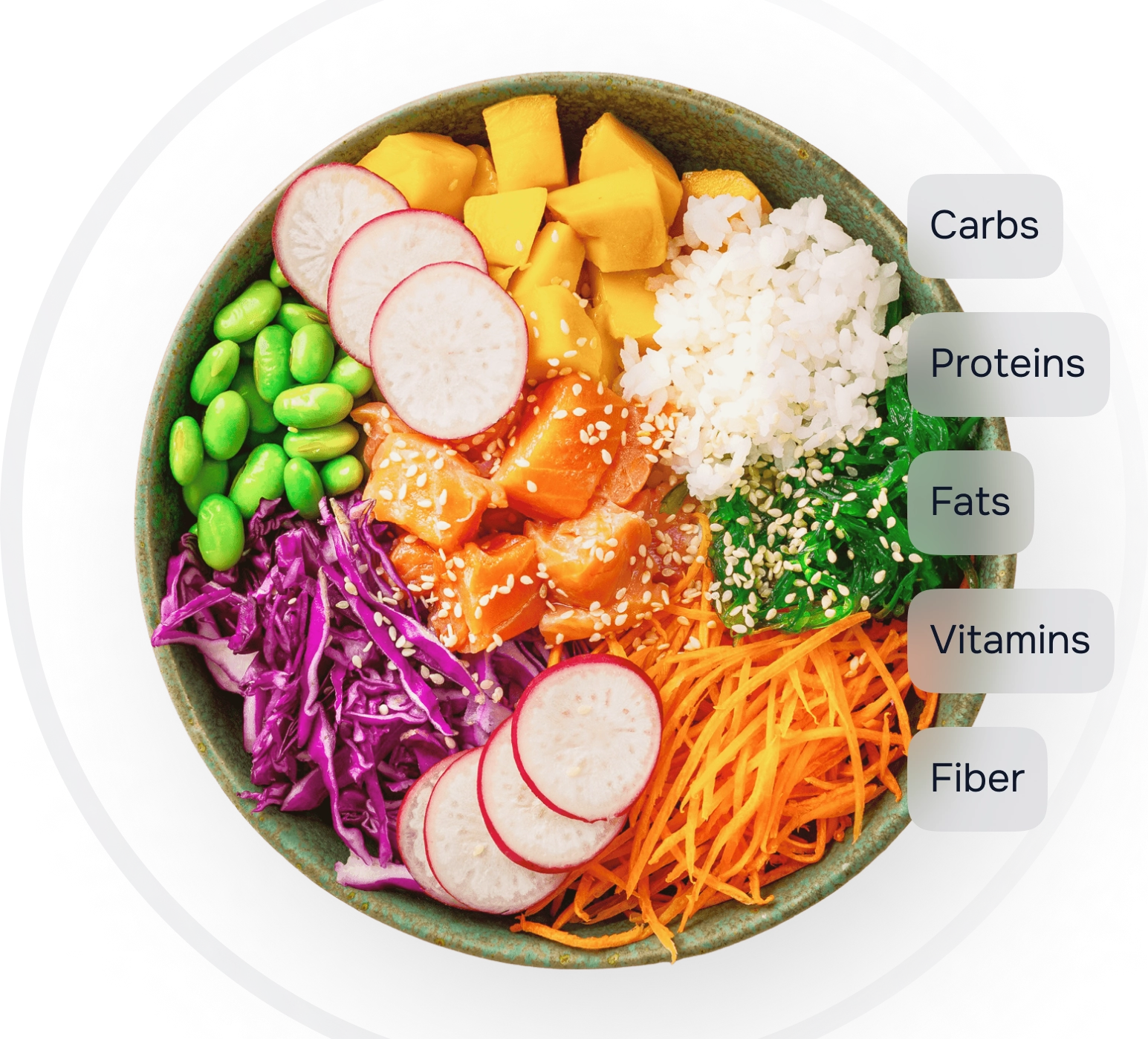

Оther potential health benefits of the diet
The benefits of the DASH diet for hypertension treatment and weight loss are proven, but its balanced and useful composition can solve many more health problems. A DASH-type diet is suitable for both adults and children. Given the high fiber content and low amount of saturated fat, it can be recommended to almost everyone. Here is an approximate diet of 2,000 calories per day:
Breakfast
- porridge from oat flakes (90 g), lean milk (240 ml), blueberries (75 g);
- fresh orange juice (120 ml).
Snack
- 1 average apple;
- yogurt (285 g).
Lunch
- 2 sandwiches of whole-grain bread, mayonnaise (1 tablespoon), green salad (113 g),
- and canned tuna (80 g).
Snack
- 1 medium-sized banana.
Dinner
- chicken breast (85 g), stewed with broccoli (75 g), carrots (75 g) and vegetable oil (1 teaspoon);
- boiled brown rice (190 g).
The great advantage of such a diet is that you do not feel hungry. It is also flexible enough to suit people with different dietary preferences, including vegetarians and those suffering from gluten intolerance. One of the best, DASH diet suits for for people with the following conditions:
- arterial hypertension;
- cardiovascular diseases and stroke;
- type 2 diabetes;
- increased cholesterol;
- gout;
- urolithiasis.
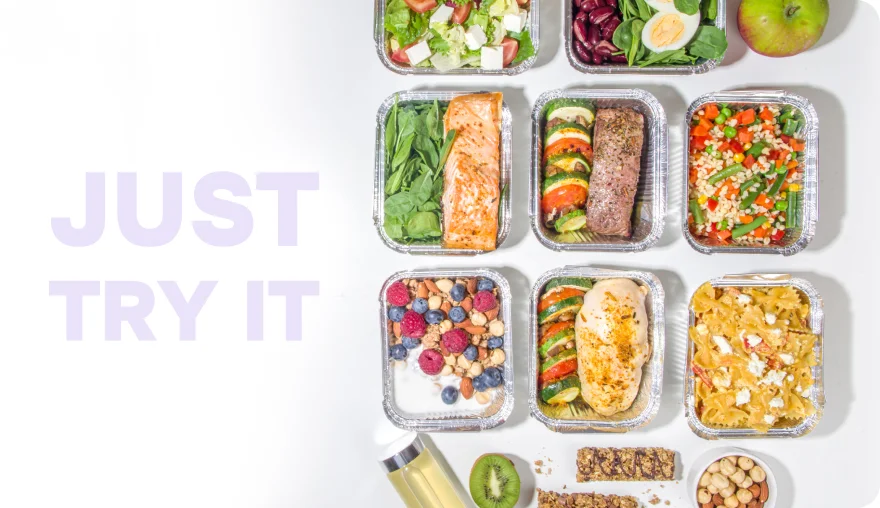
Relevant article
A 1200 Calorie Diet for 7 Days: an Example of a Simple Meal PlanAs you can see, the DASH diet is characterized by many advantages, making it one of the most beneficial types of nutrition among all existing today.

“Hayley Liew has credentials as both a Provisional Psychologist and a Practicing Dietitian ”


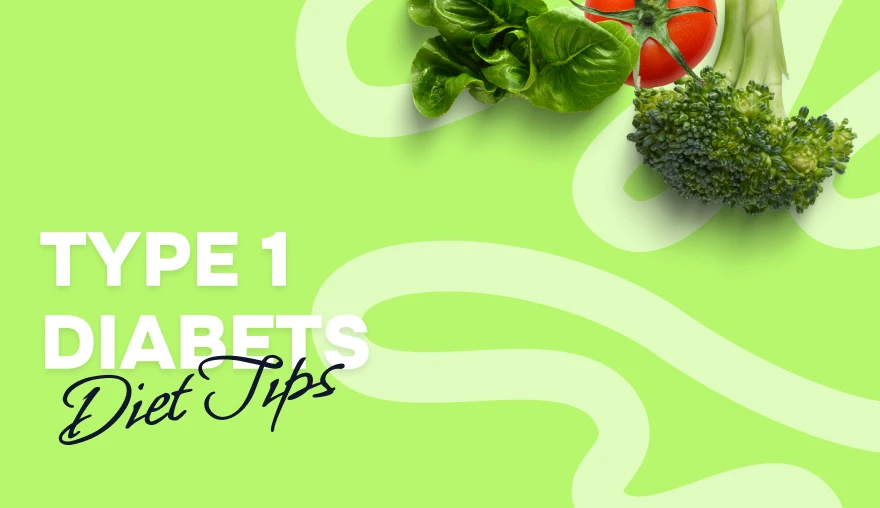
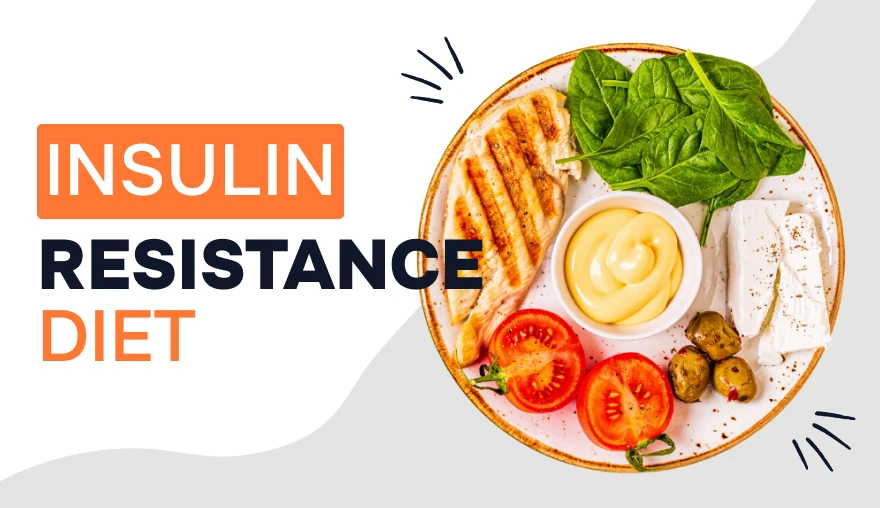

 (1 votes, average: 4.00 out of 5)
(1 votes, average: 4.00 out of 5)